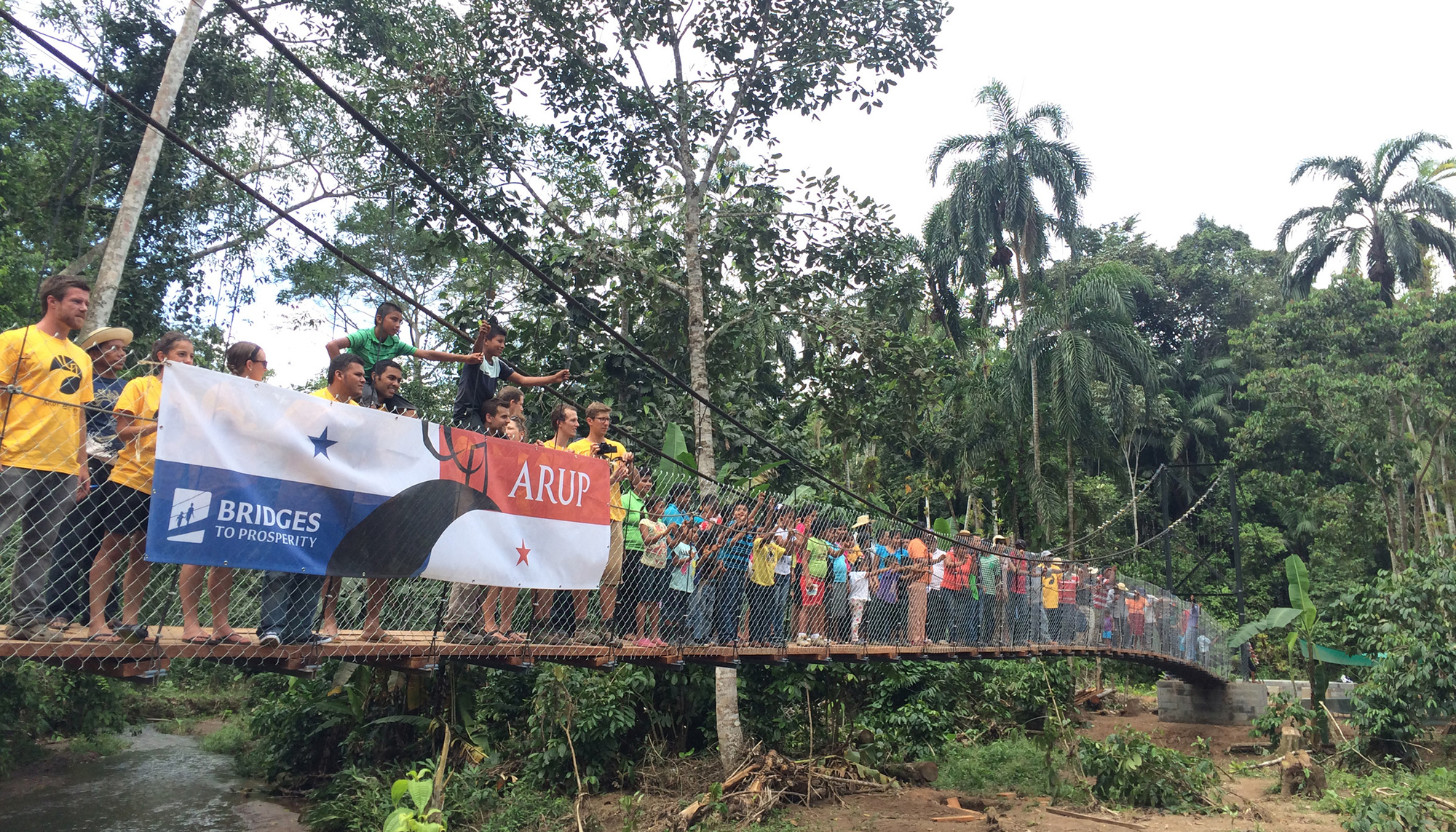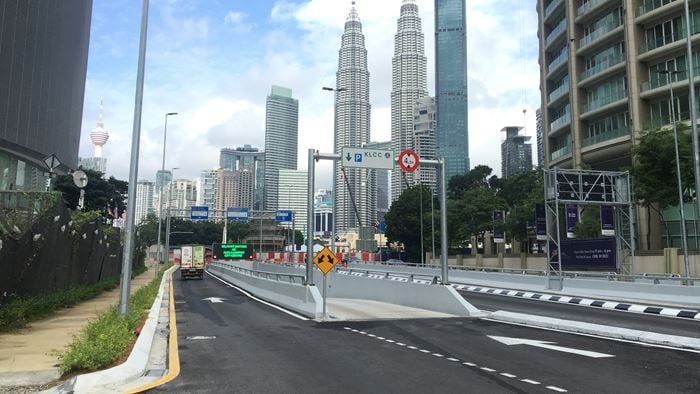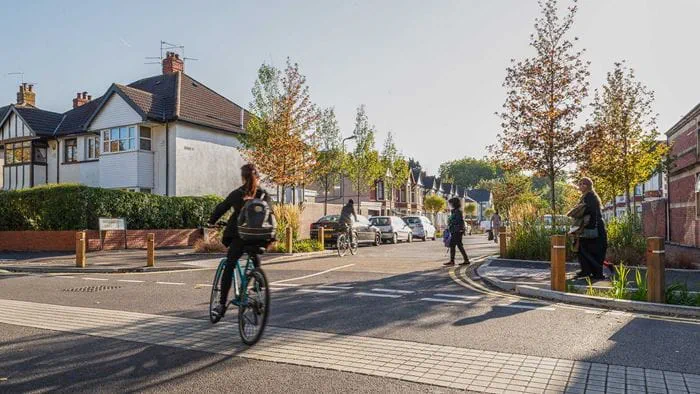A team of nine Arup volunteers travelled to Panama to build a bridge connecting the villages of Arriba, Teria Nacimiento and El Caracoral across the River Ciricito. The 46m suspension footbridge provides vital access to local schools, markets and medical facilities. Currently the river floods for four months of the year, when it cannot be crossed safely.
Arup worked on the project with Bridges to Prosperity (B2P). The not-for-profit organisation aims to overcome rural isolation through constructing footbridges over impassable areas – enabling people to access health centres, schools and towns.
A challenging project
The World Bank estimates that 50% of Panamanian children are poor, with poverty concentrated in rural areas. The small community of about 1,000 people living in huts around the bridge site is very isolated. There’s no mains electricity, no internet and no mobile phone signal.
This, combined with the start of the rainy season, made the project quite a challenge for the volunteers. The hilly, muddy access to the site meant that materials had to be dropped off a 30-minute drive away at the end of the asphalt road and shuttled to site in a 4x4.
The BridgeTOOL
The bridge design also had to account for seismicity. Our volunteer engineers used the BridgeTOOL resource developed by Arup every day to update the design and tweak the project programme to ensure they could still meet the demanding deadline.
The volunteers still found time to visit the local UTP Penenome (Universidad Tecnológica de Panamá, Penenome region) and talk to civil engineering students about the project. A group of students also joined the team on site to gain first-hand experience.
The Ciricito River bridge builds on the success of the Arup and B2P project in Rwanda in 2013, where the bridge over the river Muregeya was the first to use the BridgeTOOL system.
 ;
;





